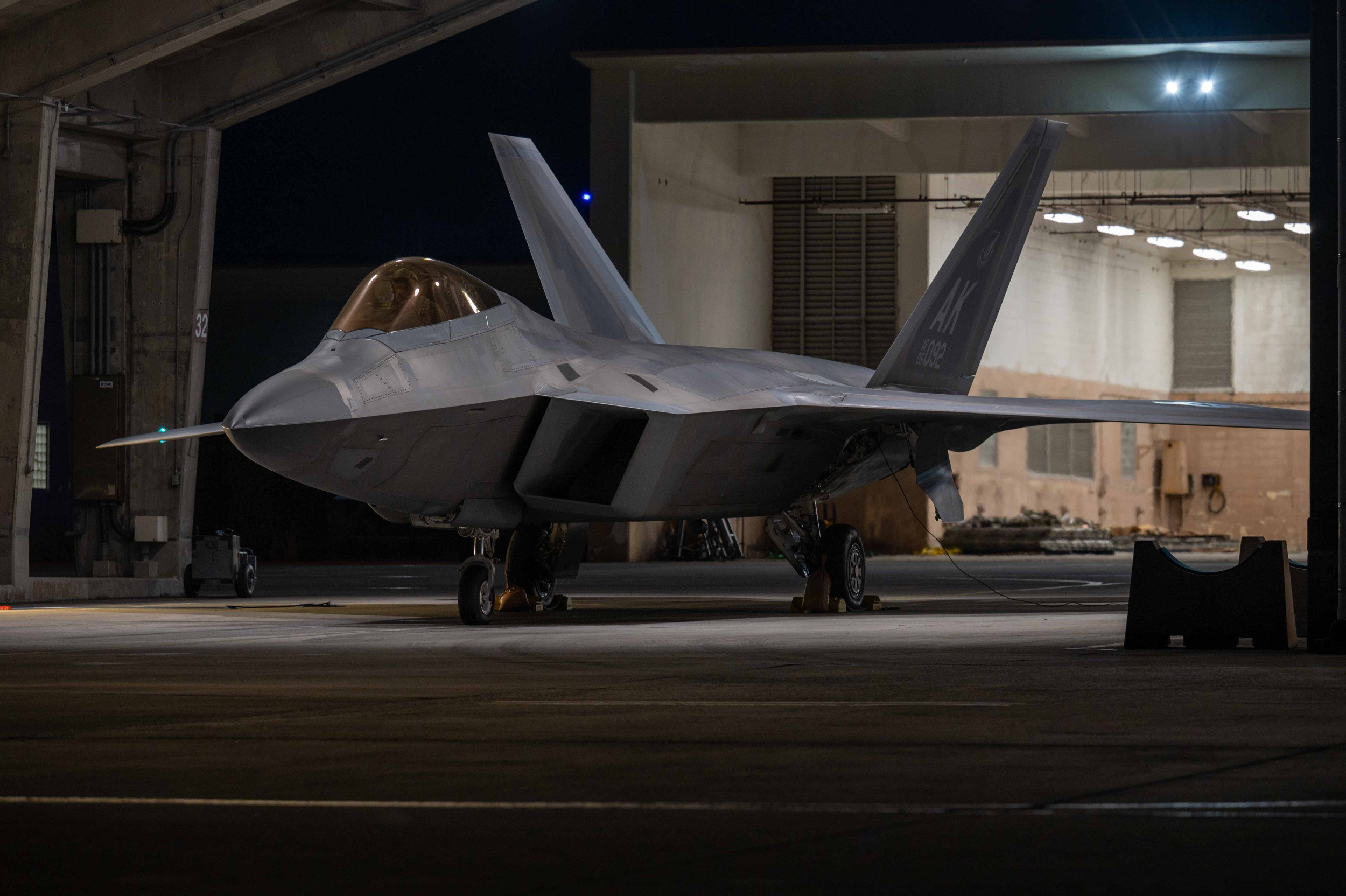Dozens of United States and Japanese military aircraft, including stealth fighter jets, held training around a strategic island near China last week, flexing the alliance’s air power.
Newsweek has contacted the U.S. Pacific Air Forces for comment by email. The Chinese Defense Ministry did not immediately respond to Newsweek‘s request for comment.
Why It Matters
The training was conducted in airspace around Okinawa, which is part of Japan’s Ryukyu Islands, also known as the Nansei Islands, in the country’s southwestern waters. They serve as a boundary between the East China Sea to the west and the Philippine Sea to the east.
Okinawa also forms a blockade, the first island chain, under a U.S. defense concept with the Japanese main islands to the north, as well as Taiwan and the Philippines to the south, which seeks to constrain the Chinese military in wartime with allied or friendly territories.
What To Know
The U.S.-Japan bilateral tactical training was carried out on January 22 and 24, said the Japanese air force, officially known as the Japan Air Self-Defense Force. The sessions aimed at improving tactical skills and enhancing the alliance’s deterrence and response capabilities.
The training event, which was announced on Monday, involved at least 32 Japanese jets and helicopters, including 24 F-15 fighter jets assigned to the 9th Air Wing, a Japanese air force unit that was formed in 2016 and is based at Naha Air Base on Okinawa Island.
The Naha-based fighter jets scrambled against Chinese military aircraft approaching Japan’s airspace frequently. The Japanese have established an air defense zone around the country within international airspace for aircraft identification in the interest of national security.
The U.S. military deployed an unknown number of aircraft for the training, according to the Japanese air force’s press release, including the U.S. Air Force‘s F-22 stealth fighter jets, as well as the MV-22 tilt-rotor aircraft from the U.S. Marine Corps.
The F-22 fighter aircraft were assigned to the 18th Wing, which is the host aviation unit for Kadena Air Base on Okinawa Island, the closest American air base to Taiwan. China has claimed Taiwan as its territory and has refused to renounce using force against it.
Airman 1st Class Catherine Daniel/U.S. Air Force
What People Are Saying
The U.S. Forces Japan said: “The U.S.-Japan alliance is essential to the free world posture in the Pacific. In the mutual security treaty, the United States and Japan acknowledge that they have a common stake in the security and peaceful progress of the Far East region.”
The Japan Air Self-Defense Force said: “Strengthening Japan-U. S. cooperation and demonstrating the two countries’ bond through the implementation of this exercise will be effective in further enhancing the deterrence and response capabilities of the Japan-U. S. Alliance as a whole and displaying Japan’s will and high capability to ensure regional stability.”
What Happens Next
The U.S.-Japan alliance is likely to conduct further exercise and training events amid persistent tensions in the Korean Peninsula, the Taiwan Strait, and the South China Sea.


